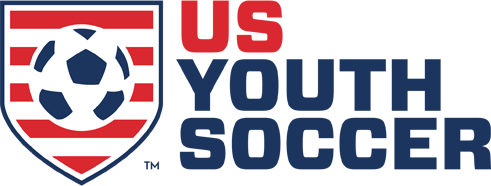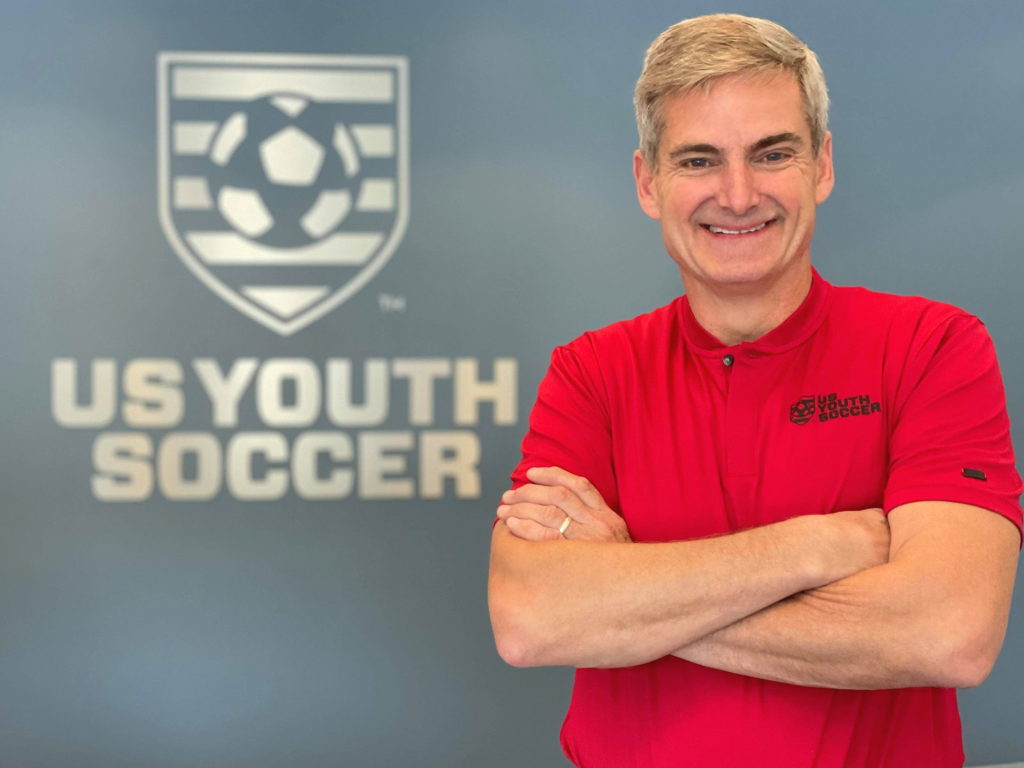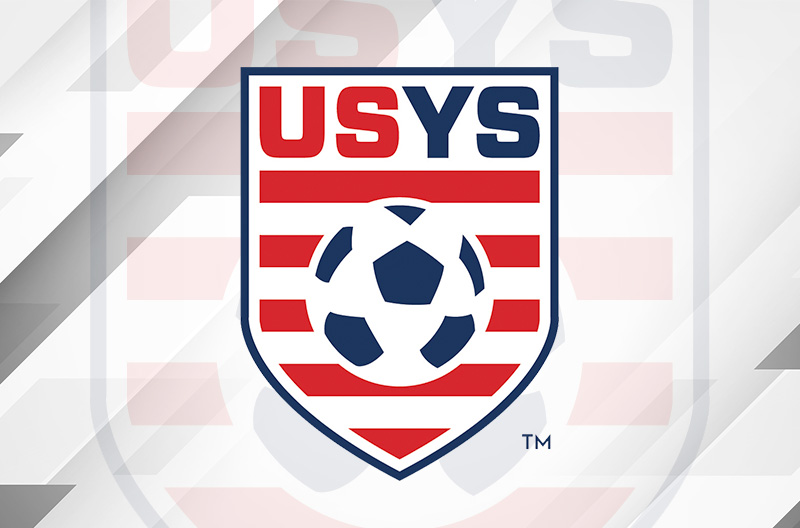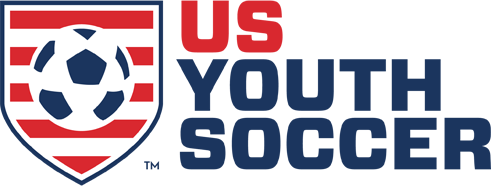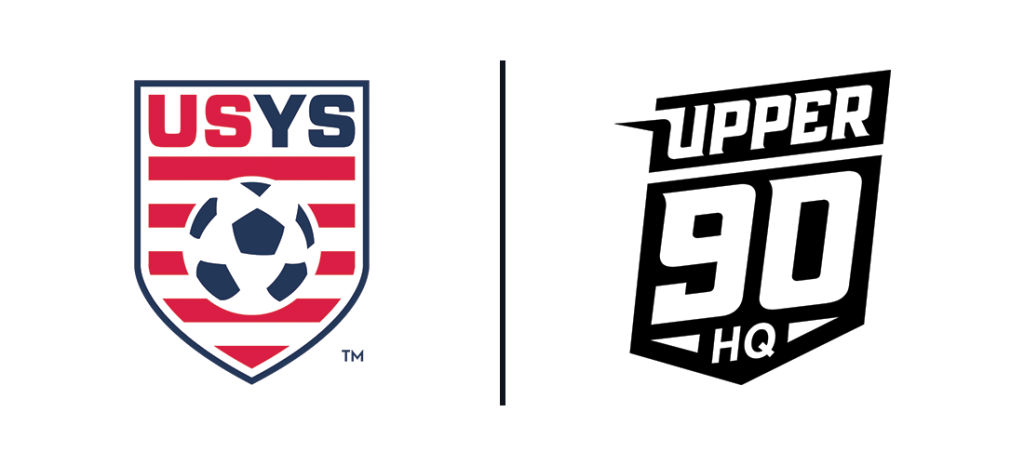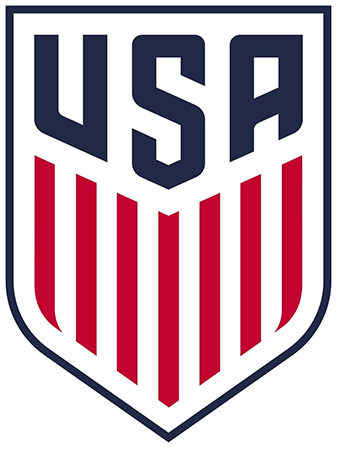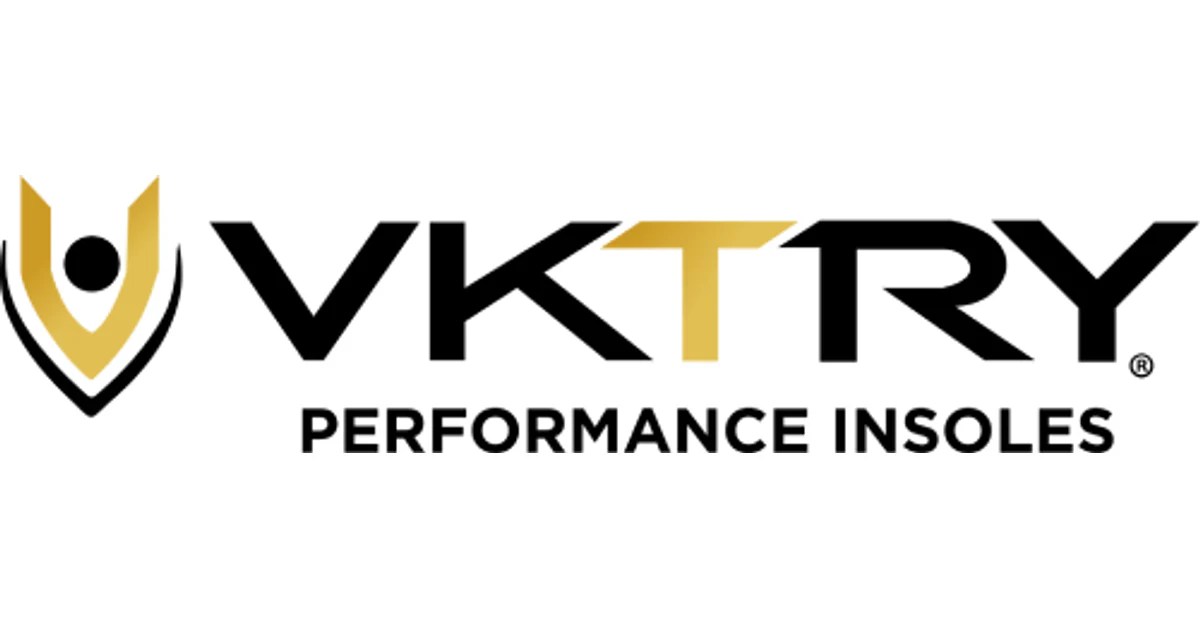
Written by FC Nordsjælland defender and former Penn State star, Jessie Davis
A dream, 1992
When I was in kindergarten, my teacher asked our class to draw a picture of what we wanted to be when we grew up. According to this illustration, my very first dream in life was to drive an ice cream truck. Later that year, I’d be introduced to soccer, and just as soon as I started kicking around a ball, my ice cream dreams melted away. All sights were set on a new vision. Like so many little girls dream of, I wanted to be a professional soccer player.
An opportunity: Washington Freedom, 2009
In March of 2009, I was three months away from college graduation and life was right where I thought it should be. While just a few years earlier I was told I couldn’t compete at Penn State University, I had progressed to being a two-year captain and three year starter for our highly successful team. I was fortunate enough to be training with future Olympians and World Cup Champions, and for the first time in my career, I was getting noticed on a national level. The logical next step for me was playing professionally, but I had just one tiny problem: I had a fractured ankle.
The mind is a powerful thing. For eight months I played through the discomfort and when I learned I was one of nine unsigned potential players invited to preseason training camp with the Washington Freedom, I had all but erased this minor detail. I got approval from my professors to miss class for the time being, and I headed down to DC.
March 2, 2009, was day one with the Freedom, and for the first time in a long time I was nervous. My dad, always my top supporter, offered to drop me off at the Maryland Sportsplex, and believe me when I say, there is nothing that makes you feel more childish than climbing out of your parent’s car when you’re on trial with a professional sports team.
Reverting back to a school aged version of myself, I looked back at the car and gave my dad a reassuring, if not completely believable, nod to signal “I’m okay” and waved him on as I made my way into our first meeting. The air inside the building was stiff with the nervous energy of 28 players competing for 11 starting spots, and I knew that a handful of us wouldn’t even make it past the first week. The sessions were fast, physical and twice a day. It didn’t take long for doubts about my abilities to creep in.
Encounters with a true professional, 2009
It was lunch time on the second day of preseason when I found myself isolated from the other girls by trying to hide behind a big stack of my college textbooks. Though I kept my head down, I could see one of the players walking over to my table, wandering away from the rest of the group. Much to my surprise, she asked if she could join me.
Mid bite into my sandwich, my eyes traveled upward to see none other than Abby Wambach smiling down at me. Yes, you read that right: World Cup Champion, Gold Medalist, top all-time goal scorer of the USWNT, Abby Wambach.
Abby and I had actually spent a lot of the first few sessions together, and by together I mean I was stuck marking her as a center back. While in retrospect I know I held my own against her, I still remember feeling so inferior at the time. Abby, seven years my senior, is still considered one of the greatest players of all time. For her, this preseason was business as usual, but for me, it was a gigantic leap from the college game.
Under orders from my doctor, I spent the majority of my final college season on an air bike and out of practice during the week so my ankle could last through two games over the weekend. This meant that while I was able to hold my own at the collegiate level, I wasn’t close to where I needed to be as a professional, and for some reason I couldn’t see that it would take time to get there. I wanted the result right then and there, and I started to shrink inside myself with the pressure.
I will never truly know if it was the pain of my ankle or feelings of insecurity that caused me to do what I did next. On the fourth day of the preseason, instead of going into the locker room to change for training, I walked directly into the head coach’s office and quit. I walked away from my chance with the Freedom the same way I would a year later with the Philadelphia Independence, when I decided to quit soccer for good after having my second ankle surgery in 13 months. I was all but finished with the sport.
The distractions, 2010-2016
Derailed from my path to playing professionally, I’d spend the next six years avoiding soccer almost completely. I distanced myself from the game, unable to watch, read or even authentically support my friends in the sport. It’s extremely painful to separate yourself from something you love, and naturally, I looked for something to fill the void and take up the space that soccer took in my life.
I got a Master’s degree. I started a cooking blog. I ran marathons and hiked on the weekends. I moved from Northern Virginia to Boston, where I made great friends and started to feel stable in my adult life. I met a guy, and we started to travel. We moved in together and made plans for the future. And through all the good, I spent those six years searching for something else, knowing full well that the thing I wanted most was what I was avoiding.
Over the years, I had a few invitations to get back into the game in England, Ireland and Norway. With each opportunity came an even better excuse. I had a million reasons why it couldn’t work, but as time went on it became harder to deny the voice in my head saying just try it.
Forging a new path, Boston Breakers, 2016
In the spring of 2016, I took my first of many small steps in the right direction and tried out for the Boston Breakers, a professional team close to home. After six years away from competitive soccer, I thought it was finally my moment, my happy ending… but unfortunately for me, this wasn’t my Cinderella moment.
I didn’t make the first team, and the hits kept coming when I spent a fair amount of time that summer warming the bench for the reserves. I didn’t see eye-to-eye with my coach and I had to work hard. I held my nerve when it was all but said that I wasn’t good enough yet. My lunch with Abby Wambach and my successful collegiate career were nothing but distant memories. No one cared about the player I used to be, and in fact, she wasn’t there. My urge to walk out again — and for the last time — reared it’s head, and that’s when I realized something: the only person I would be letting down if I walked away again was me, once a little girl who dreamed of being a professional soccer player but never knew how hard all of this would be.
Returning to soccer after such a long time away meant starting from ground zero and accepting that I needed to (re)master the basics. It took work, humility and consistency, but I started to let go of the borderline impossible expectation I had for myself and just learn to love playing again.
Australia, 2017
I arrived to Brisbane, Australia almost one year after my tryouts with the Breakers. I agreed to go play for a team that had finished last place in the table and was looking for a few experienced players to rebuild their squad. I was offered no professional contract and very little administrative help in finding my way there. It wasn’t the professional lifestyle I was looking for, but it was a start, and it was what I needed to get my confidence back. I found the joy in playing again and I inched my way back toward the version of myself I knew was still inside.
The dream began when I was six, when a little blonde girl stated she wanted to be a professional soccer player. The dream was in my hands when I was 22, but ego and fear of failure encouraged me to push it away. Then the dream was dead until I was 28, because I buried it beneath a life of comfort and safety.
The dream, so fragile, was stomped on then, and rebuilding it with a new mindset began when I was 29. In 2018, as a 30 year old, I signed my very first professional soccer contract and I haven’t looked back since. My rebirth into the game has brought me to Australia, Sweden, Northern Ireland, and Denmark. In the six years since I’ve started playing again, I’ve realized that the more I learn, the less I know. My ego held me back from living the life I wanted, but the humility to begin again helped me get out of my own way.
I challenge you to remember who you wanted to be before you were afraid of falling short, and I urge you to be that person again. I’m finally proud of my unique path. The failures and the hard moments have led me to the greatest gift ever: the chance to start again.
